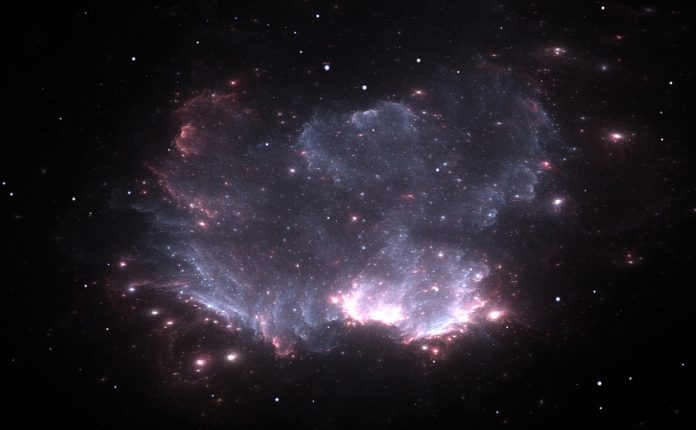Astronomers using NASA’s Hubble Space Telescope have uncovered a connection between the powerful jet emitted from a supermassive black hole and the eruption of stars, known as novae, in a massive galaxy
This finding challenges existing theories about how black hole jets interact with their surroundings and opens new doors to understanding galactic dynamics.
Black hole jets impact on nearby stellar systems
The research, led by Alec Lessing of Stanford University, focused on M87, a galaxy harbouring a colossal black hole weighing 6.5 billion times the mass of our Sun. This black hole, surrounded by a swirling disk of matter, propels a jet of plasma extending 3,000 light-years into space at nearly the speed of light. While initially thought to be a threat just to objects caught within its path, the jet appears to have an unexpected influence on nearby stellar systems.
Hubble’s observations revealed twice as many novae erupting near the jet compared to other regions within the galaxy. Novae are stellar explosions that occur in double-star systems where one star dumps hydrogen onto a compact white dwarf companion. This influx of hydrogen eventually triggers a massive nuclear explosion on the white dwarf’s surface.
“We don’t know what’s going on, but it’s just a very exciting finding,” remarked Lessing. “This means there’s something missing from our understanding of how black hole jets interact with their surroundings.”
The Hubble Telescope ability
The team considered several hypotheses to explain this phenomenon. One possibility is that the jet somehow enhances the transfer of hydrogen onto the white dwarfs, accelerating the nova-outburst cycle. Another idea suggests that the jet’s intense radiation could heat the companion stars, causing them to overflow more hydrogen onto the white dwarfs.
Michael Shara from the American Museum of Natural History added, “But Hubble has shown this enhanced activity with far more examples and statistical significance than we ever had before.”
These findings were made possible by Hubble’s ability to capture detailed images deep within M87, something unachievable with ground-based telescopes due to the galaxy’s brightness. Over a nine-month period, Hubble meticulously observed M87, capturing 94 novae events in just one-third of the galaxy it could survey.
Novae are common cosmic occurrences, with one erupting in M87 every day and millions happening across the universe every second. The implications of the new findings extend beyond M87, offering insights into the broader role of black hole jets in shaping the evolution of galaxies.











